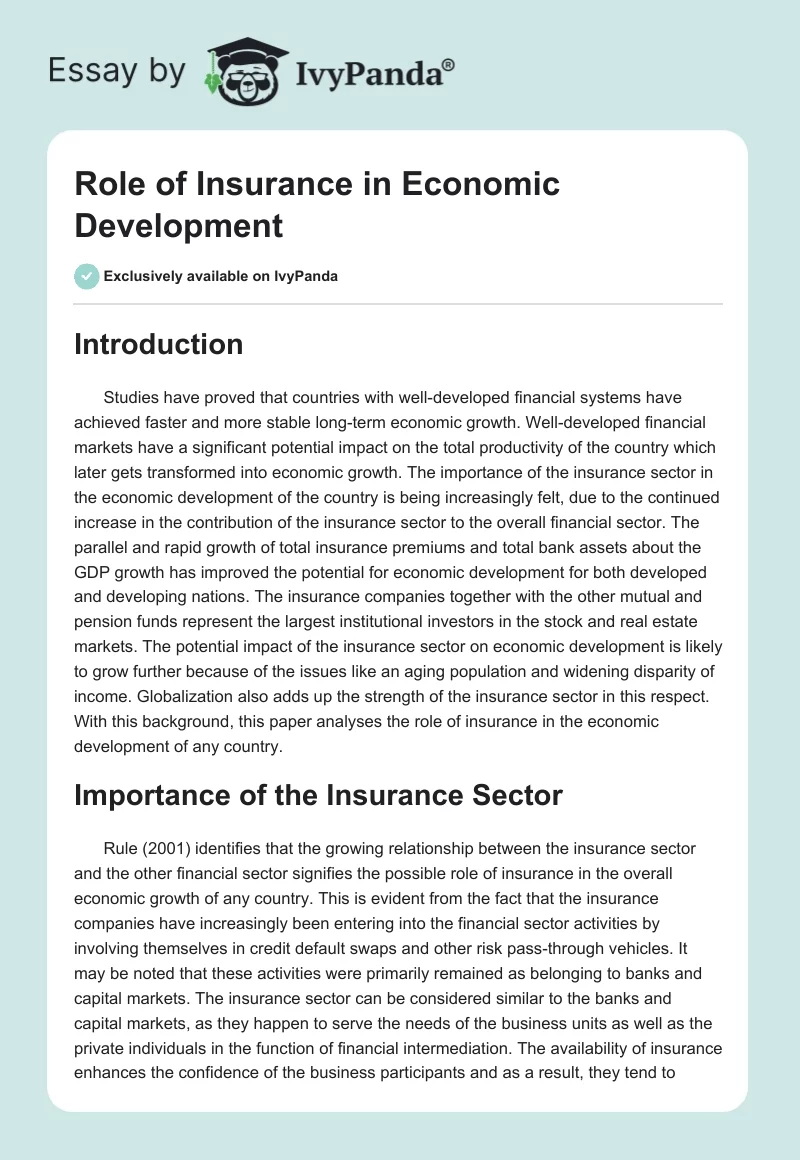The Buzz on Pacific Prime
Table of ContentsGetting The Pacific Prime To WorkThe Best Strategy To Use For Pacific PrimeIndicators on Pacific Prime You Should KnowNot known Incorrect Statements About Pacific Prime Pacific Prime for Beginners

This is since the information were collected for a duration of solid economic efficiency. Of the estimated 42 million people that were uninsured, just about about 420,000 (about 1 percent) were under 65 years of age, the age at which most Americans come to be eligible for Medicare; 32 million were adults between ages 18 and 65, about 19 percent of all grownups in this age group; and 10 million were children under 18 years of age, about 13.9 percent of all kids (Mills, 2000).
These price quotes of the number of individuals uninsured are generated from the annual March Supplement to the Existing Population Study (CPS), performed by the Census Bureau. Unless otherwise noted, national quotes of individuals without health insurance and percentages of the populace with various sort of protection are based upon the CPS, the most commonly utilized resource of estimates of insurance coverage and uninsurance rates.
Examine This Report about Pacific Prime

Still, the CPS is particularly helpful since it creates annual estimates relatively quickly, reporting the previous year's insurance policy coverage estimates each September, and because it is the basis for a regular collection of quotes for even more than two decades, permitting analysis of fads in insurance coverage gradually. For these reasons, as well as the extensive use of the CPS in other studies of insurance protection that are offered in this report, we rely on CPS price quotes, with restrictions kept in mind.

The price quote of the number of without insurance individuals broadens when a population's insurance standing is tracked for several years. Over a three-year period beginning early in 1993, 72 million individuals, 29 percent of the united state populace, were without coverage for at the very least one month. Within a solitary year (1994 ), 53 million people experienced at the very least a month without coverage (Bennefield, 1998a)
Six out of every 10 uninsured grownups are themselves used. Although functioning does enhance the likelihood that and one's relative will have insurance, it is not a warranty. Also members of households with two permanent breadwinner have almost a one-in-ten opportunity of being uninsured (9.1 percent without insurance rate) (Hoffman and Pohl, 2000).
Facts About Pacific Prime Uncovered
New immigrants represent a substantial proportion of individuals without medical insurance. One analysis has actually connected a substantial part of the current development in the dimension of the united state uninsured populace to immigrants that got here in the country between 1994 and 1998 (Camarota and Edwards, 2000). Recent immigrants (those that pertained to the United States within the past four years) do have a high price of being without insurance (46 percent), but they and their children represent just 6 percent of those without insurance coverage across the country (Holahan et al., 2001).
The relationship between medical insurance and accessibility to care is well established, as documented later in this chapter. Although the partnership in between medical insurance and health end results is neither straight nor simple, an extensive professional and health services research study literary works links medical insurance coverage to improved access to care, far better top quality, and boosted individual and populace health and wellness status.
Levels of evaluation for analyzing the results of uninsurance. It focuses especially on those without any wellness insurance coverage for any kind of length of time.
Indicators on Pacific Prime You Need To Know
The issues dealt with by the underinsured are in some aspects comparable to those dealt with by the without insurance, although they are normally much less severe. group insurance plans. Uninsurance and underinsurance, nonetheless, entail clearly various policy problems, and the techniques for addressing them may vary. Throughout this research study and the 5 reports to follow, the main emphasis is on persons with no health insurance and thus no aid in paying for healthcare past what is offered with charity and safety and security internet establishments
Medical insurance is a powerful aspect affecting receipt of care due to the fact that both individuals and doctors react to the out-of-pocket price of solutions - https://www.find-us-here.com/businesses/Pacific-Prime-Agoura-Hills-California-USA/34031837/. Medical insurance, however, is neither required nor enough to acquire accessibility to medical services. The independent and straight result of health and wellness insurance coverage on accessibility to wellness solutions is well established.
Others will get the health care they require even without medical insurance, by paying for it expense or home seeking it from suppliers who supply care free or at very subsidized rates. For still others, medical insurance alone does not make certain receipt of treatment because of various other nonfinancial barriers, such as a lack of wellness treatment companies in their area, restricted accessibility to transportation, illiteracy, or linguistic and cultural distinctions.
Pacific Prime Can Be Fun For Everyone
Formal study about uninsured populations in the United States dates to the late 1920s and very early 1930s when the Committee on the Expense of Treatment created a collection of records about financing doctor office sees and hospital stays. This issue became prominent as the numbers of medically indigent climbed during the Great Anxiety.